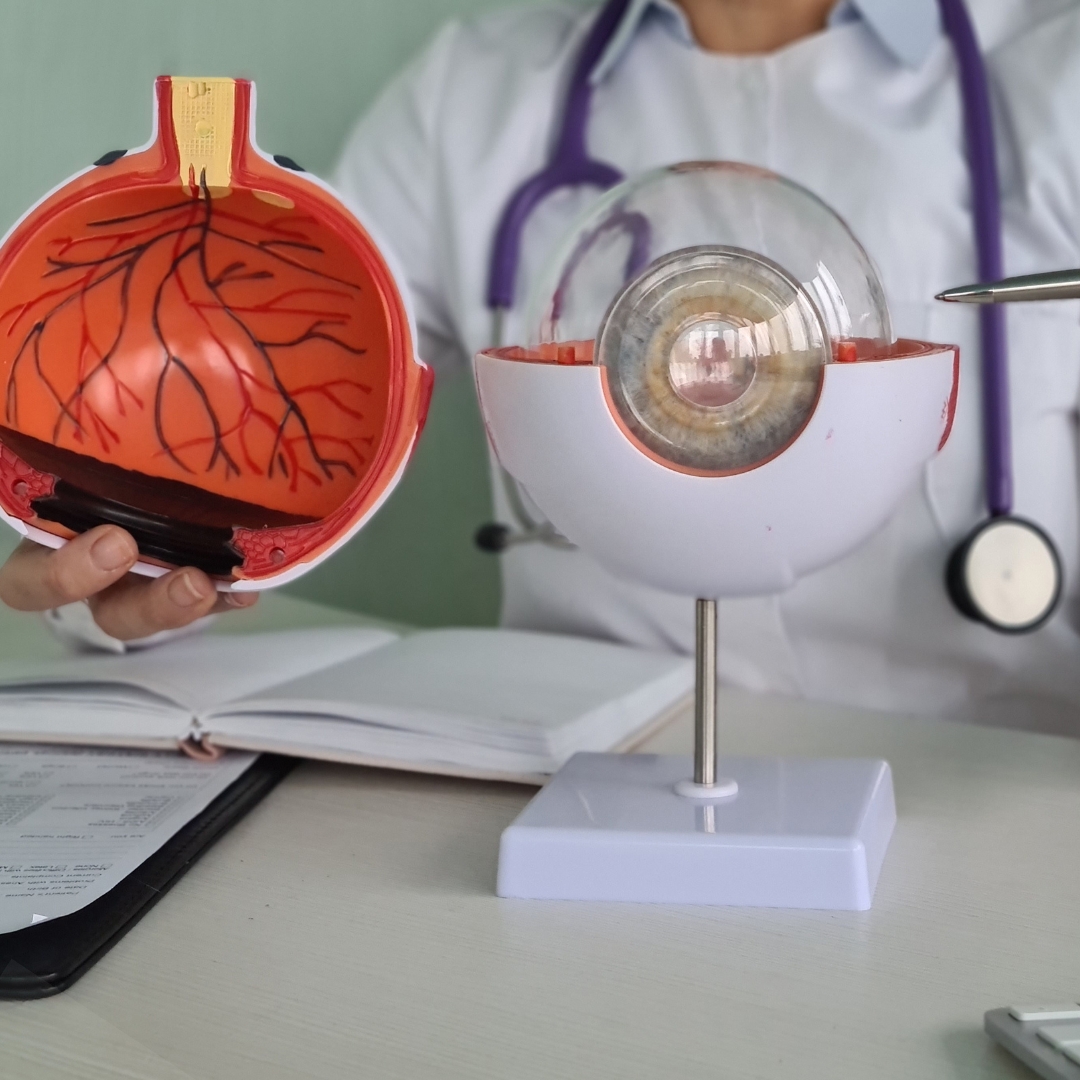
Dry AMD
Dry AMD is the most common form, progressing gradually over time. It can take several years to reach its advanced stage, where it may cause a dark or blank spot in the central vision.
While most cases remain dry, a small percentage can develop into Wet AMD. Therefore, if you have Dry AMD, it’s essential to report any sudden changes in vision to your consultant or optometrist without delay.

